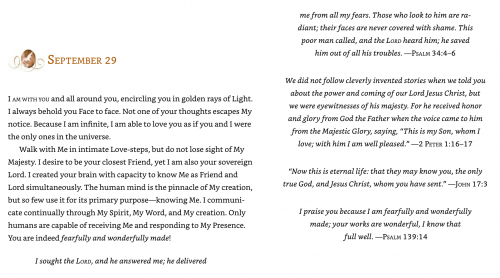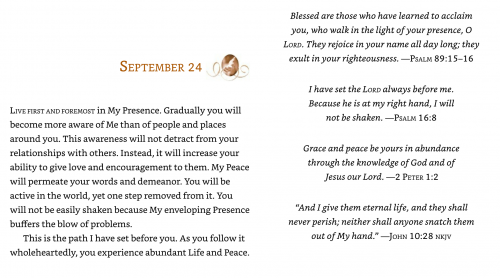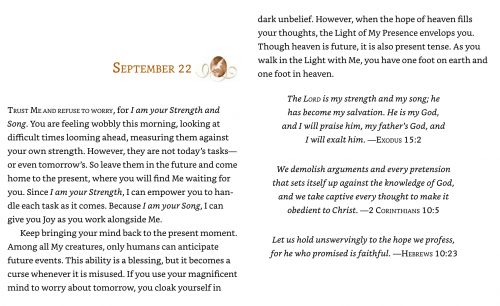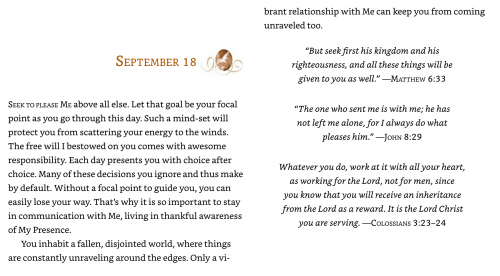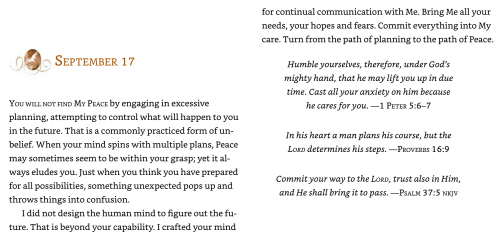Mystics and the Margins
The
Fruitful Margins of the Empire
Wednesday, September 30,
2020
On the margins of the Roman Empire, Ireland and Scotland helped hand down the Christian contemplative lineage. The Romans had conquered much of Europe by the time of Jesus’ birth; though they ruled Britain, the Romans never occupied Ireland or parts of Scotland. This allowed the Celtic culture and Christian monks the freedom to thrive independently. They weren’t controlled by Roman practicality or Greek thinking. When Christian missionaries arrived by the third century, the Celts blended their pagan or creation-based spirituality with Christian liturgy, practice, and structure. As a result, Celtic Christianity was still grounded in the natural world, and they had much easier access to a cosmic notion of the Christ.
Perhaps we can think of Celtic Christians as an alternative community on the edge of the inside of organized Christianity. Lacking the structure and support of the organized church, radical forms of Christianity never thrive for very long. Without the Irish monks, much of Celtic practice and thought would not have been passed on to us at all.
Like the Desert Fathers and Mothers who influenced them, Celtic mystics focused on rather different things than the mainstream church. The Celts drew on their own cultural symbols and experience to emphasize other values than the symbols of “Roman” Catholicism. For example, Celtic Christianity encouraged the practice of confession to an anam cara (soul friend) more than to an ordained priest.
They also saw God as a deep kind of listening and speaking presence, as in “The Deer’s Cry.” I invite you to read this excerpt of St. Patrick’s traditional prayer slowly, and to allow yourself, like the ancient Celts, to become aware of the presence of Christ surrounding you through all things.
The Lorica of St. Patrick (The Deer`s Cry)
I arise to-day:
vast might,
invocation of the Trinity,—
belief in a Threeness
confession of Oneness
meeting in the Creator. . . .
I arise to-day:
might of Heaven
brightness of Sun
whiteness of Snow
splendour of Fire
speed of Light
swiftness of Wind
depth of Sea
stability of Earth
firmness of Rock.
I arise to-day:
Might of God for
my piloting
Wisdom of God for my guidance
Eye of God for my foresight
Ear of God for my hearing
Word of God for my utterance
Hand of God for my guardianship
Path of God for my precedence
Shield of God for my protection
Host of God for my salvation . . .
Christ
with me, Christ before me,
Christ behind me, Christ in me,
Christ under me, Christ over me,
Christ to right of me, Christ to left of me,
Christ in lying down, Christ in sitting, Christ in
rising up
Christ in the heart of every person, who may think of
me!
Christ in the mouth of every one, who may speak to me!
Christ in every eye, which may look on me!
Christ in every ear, which may hear me!
I arise to-day:
vast might,
invocation of the Trinity
belief in a Threeness
confession of Oneness
meeting in the Creator. [1]
